Are there Hidden Gems in Ireland?
Ireland offers some of the best sights including castle ruins, dramatic cliffs, and golden sand beaches. But the end result is that there are too many tourists in high season.
Are there any hidden gems in Ireland? If there are so many Europeans and locals who travel here, is there anywhere that has not been previously been discovered?
Read on to find out alternatives to the overcrowded famous sights — decide which places should you visit as well as get links to our custom Google maps and itinerary planning information.
Author & Photographer: George Mitchell
Our recommendations are not influenced by affiliate links – we have none. Our content and advice is derived from our personal experience and knowledge based on living in Europe for seven years.
What is a Hidden Gem?
One Irish woman on social media wrote “No hidden gems? What on earth are you on about. There [are] multiple things of interest even in my small village with no tourists. I can go for a walk in woods and mountains and pass nobody. The whole of Ireland has something of interest every few kilometres“.
However, in our opinion, a hidden gem is not a place with no people. A tourist trap is not a place with lots of people. Let us define the meaning of tourist trap and hidden gem.
Tourist Trap
A tourist trap is a place that attracts and exploits tourists. These places are heavily promoted to extract money from tourists. They are overpriced and do not provide good value. Examples are Fisherman’s Wharf in San Francisco and tuk-tuk rides in Thailand that detour to a shop hoping for sales.
Examples in Ireland are Kissing the Blarney Stone at Blarney Castle; overpriced pubs in Temple Bar area of Dublin; and the €20 fee to see the Book of Kells for 20 minutes before you are kicked out. You can’t really have a good look because of the crowds.
On the other hand, a tourist trap is not a place that has many tourists. Florence and Rome, where we lived for four years, are not tourist traps just because there are lots of tourists during the high season. These are legitimate, famous and historic cities.
Hidden Gem
A hidden gem is a place that is not well known. But having no people is not enough. It has to have something exceptional or special. The hill towns in Italy are hidden gems.
Generally, I feel other tourists want to see hidden gems that could be alternatives to the well known, over touristed places. For instance, there are many places to see cliffs and coastlines that are beautiful but not named Moher.
What do you mean by Hidden Gem?
Visitors to Ireland should seek out places that are unique to Ireland, that are Quintessential Ireland. This is especially true when you are visiting for less than two weeks.
On the other hand, what each person considers unique or special may differ. We lived in Rome for 4 years, London for 3 years and travelled around the world for 3 years. We have very different ideas of what is unique or special than other people who have not travelled as much. Thanks to our experiences, we love art and architecture. Most tourists just get templed out after a couple of hours. Many tourists often visit places solely due to “name recognition”.
We have hiked from the Rockies to the Himalayas. So a pleasant walk in a forest with no views or other special feature would not be exciting. On the other hand, we felt the Giants Causeway Trail (not the over-touristy part) was spectacular. Some other people we heard said it was boring. Wow! Chacun a son propre goût!
What are the Hidden Gems in Ireland?
Do you want to get off the tourist path and into authentic Ireland? If you find the number of tourists oppressive then there are a couple of things you can do. The first is to not travel in the summer high season. The second is to seek out less visited places. Most of these places are not really hidden but are just less visited.
I have divided the suggestion by categories that are based on the features that comprise Quintessential Ireland.
Irish Cliffs
If you want to see Irish cliffs but are turned off by the overpriced entry fees and number of tourists at the Cliffs of Moher (G4.7 €12 per person) then you can go to the following:
- Slieve League (G4.9) – free: supposedly great but we were fogged out!
- Downpatrick Head (G4.9) – free: easy walk on top of cliffs
- Cliffs of Kerry (G4.8) – small cost: dramatic cliffs in a small area
- Horn Head (G4.8) – free: two easy hikes to views
- White Rocks (G4.8) – free: massive vertical cliff
- Giant’s Causeway Trail (G4.7) – free: best hike with views of cliffs and green pastures
As you can see, all of these places are rated as high or higher by all people (locals and tourists) according to the Google Map ratings. Most people go to Cliffs of Moher due to name recognition. You will not miss anything if you skip Moher in favour of one or more of the above places. Rome would be an essential must-see in Italy – Cliffs of Moher, not so much.
Irish Coastlines
If you want to see Irish coastlines but are turned off by over-touristed Killarney and Ring of Kerry or ROK (G4.7) then you can go to the following:
- Real Ring of Kerry — Kenmore to Ring of Skellig – provides better views than the ROK such as Derrynane Beach (G4.8), Cliffs of Kerry (G4.8), Geokaun Mountain (G4.8)
- Galway to Gurteen Bay (G4.8) and Sky Road Viewpoints (G4.8): provides dual crescent beaches, coastal views, pine island view of the Connemara mountains
- Amazing Achill Island – drive the west coast along sheep strewn Highway L1405 to Cloughmore Viewpoint (G4.8), Keel Beach (G4.8) and awesome Keem Bay (G4.9)
- Downpatrick Head (G4.9): easy walk on top of cliffs
- Mullaghmore Head (G4.8): easy drive along rugged coastline
- Antrim Coast: must get off main highway to see the coast; e.g. White Rocks (G4.8), Dunluce Castle, Giant’s Causeway Trail…
Irish Beaches
Are you turned off by cars parked on Benone Beach (G4.8) or high “parking” fees at Port Stewart Beach (£6.20 per person)? Then try these usually empty and free beaches:
- Gurteen Bay (G4.9): great picnic place with dual crescent beaches
- Keem Beach (G4.9): beautiful turquoise water laps a golden crescent beach
- Cullenamore Beach (G4.8): beautiful, expansive beach near Sligo with no people
- Portacloy Beach (G4.9): beautiful turquoise water laps a golden beach with no people
- Killahoey Beach (G4.9): expansive beach with no people
- Marble Hill Bay Beach (G4.7): beautiful beach comes with headlands and a great cafe and gelato shoppe
- Ballymastocker Beach (G4.9): beautiful triple beach with no people
- White Rocks Beach (G4.8): expansive beach backed by cliffs
Irish Castles/Sites
If you want to see Irish castles and archeological sites but are turned off by over-touristed and expensive Blarney Castle (G4.7, €22) and Bunratty Castle (G4.6, €17), then you can go to the following:
- Trim Castle (G4.7) – OPW: one of the best castles to learn about the Normans and the significance of the date 1066
- Bective Abbey (G4.7) – free: great picnic spot on verdant grounds of a destroyed abbey
- Cahir Castle (G4.6) – OPW: good views from the outside
- Hore Abbey (G4.6) – free, VG views of Rock of Cashel
The following sites are really well known rather than hidden. However, we did not find them that overcrowded in May. They are definitely worthwhile visiting.
- Glendalough Site (G4.7) – OPW: one of the best sites of a medieval monastic village
- Rock of Cashel Site (G4.5), Viewpoints (G4.7) – OPW: one of the most scenic places for photography
- Kilkenny Castle (G4.6) – OPW: built in the medieval era but its most memorable hall was the Picture Gallery built in the 1860s
- Dunluce Castle (G4.6) – £6: one of the most atmospheric castles on top of a cliff – actually it is very well known
OPW (Office of Public Works) is the government department that runs Heritage Ireland sites. Each site costs €8 or an annual Heritage Card pass costs €40 for all sites for as many times as you want. If you plan to visit 5 of their sites then the card is worthwhile. Many of the sites include free guided tour and the OPW interpreters were all superb and definitely worthwhile.
Irish Quaint Villages
If you want to see typical Irish life then bypass over-touristed Killarney, Cork, Dublin, et al. Instead find quaint villages like:
- Kinsale — colourful pubs
- Kenmare — much quieter than Killarney
- Dingle — great food, activities in a pleasant village
- Ballyvaughn — non-touristy village with some thatched roofed houses near the Burren
- Roundstone — non-touristy village near Gurteen Bay
- Clifden — non-touristy village near Sky Road
- Killybegs — non-touristy village near Slieve League
- Donegal — non-touristy town near Slieve League
N.B: Google Maps rates points of interest, accommodation, and restaurants; but it does not rate towns or cities .
Travel Guidelines
Here are some basic principles to follow when you travel in Ireland.
- Give up trying to “see everything”. You cannot.
- Some places may be better to visit than others but getting from A to B is just as beautiful as destination B.
- Tour one concise geographic region in each week.
- Meet the people — one of the most important “destinations”.
- Use 75 km per hour to calculate average (not actual) driving time. Ignore Google travel time based on ridiculous 100 kph speed limits on Irish two-lane roads not properly built for that speed.
- Avoid travelling to a new city every day. Too many tourists think they can drive all day and then see their destination as well.
You need to factor in travel, sightseeing, and activity time.
Quintessential Ireland
We like to experience the things that make Ireland unique. Quintessential Ireland is white sheep on green farmland, golden sand beaches, rugged coastlines and craggy cliffs, National Trust (OPW) castles (not tourist traps), glorious viewpoints, and hiking. In the next post we describe what we feel is Quintessential Ireland and what places are examples of where to see it. Our itineraries are based on the features of Quintessential Ireland.
Final Comments on this Itinerary
Yes there are hidden gems that are less visited places. These places are as highly rated as the so called famous places. The nature and scenery of Ireland is beautiful.
If you want to have a less tourist infested trip in the summer then do our Best Places for Two Weeks in North Ireland itinerary. This is an action-packed itinerary where you can get away from the crowds of tourists who head to sites that are famous because of name recognition. The places are all highly rated by the people as shown by the high Google Map Ratings. Remember, the most important “destination” is meeting the people.
Do you want more information? Then subscribe for free.
What things fascinate you? How long is your trip? What questions do you have?
Itinerary Planning
Do you want to learn how to plan an itinerary? Is your trip less than two weeks? Use these ready-made itinerary maps to plan your trip.
North Itinerary
Ireland North’s Best Sights Map
If you have less time simply quit the northern itinerary at Ramelton, Donegal or Sligo and return to Trim, departure point for the Dublin airport. If you have a few more days, you can easily add days in the Dublin area. Here is the detailed description of the best itinerary to get away from the crowds and find your hidden gems!
Southwest Itinerary
If you have less time simply quit the southwest itinerary at Kinsale, Kenmare or Galway and return to Trim, departure point for the Dublin airport. If you have more than 14 days, add time for the points of interest mentioned in our itineraries.
Here is the detailed description of the best itinerary for Southwest Ireland including hidden gems!
Purpose of Your Trip
What is the purpose of your trip? What are your interests? This itinerary was based on the features that make Ireland unique…
Ireland FAQ
The FAQ post answers questions such as:
- Where should I go in Ireland?
- What is the best season for travel?
- What is the best clothing?
- Where should I go? What are the must-sees?
- How much time do I need for Ireland?
- Can I see everything in a week?
- How safe is Ireland?
- How much cash should you take to Ireland?
- Should I pay in Euros or my own currency?
- What apps are useful for travel?
- Should I rent a car? Take a Taxi?


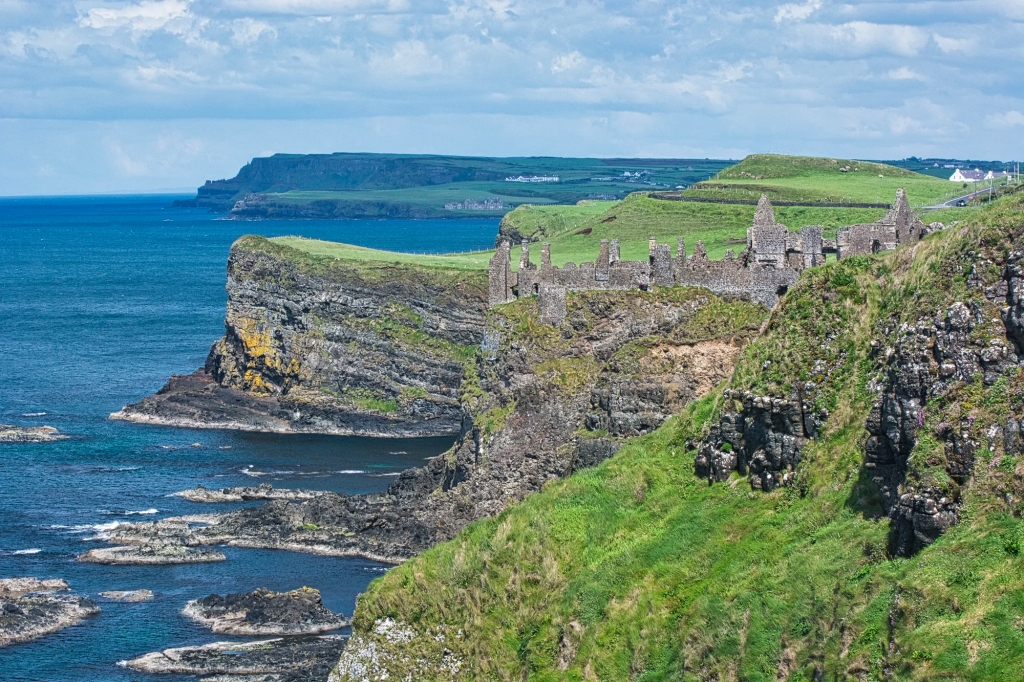







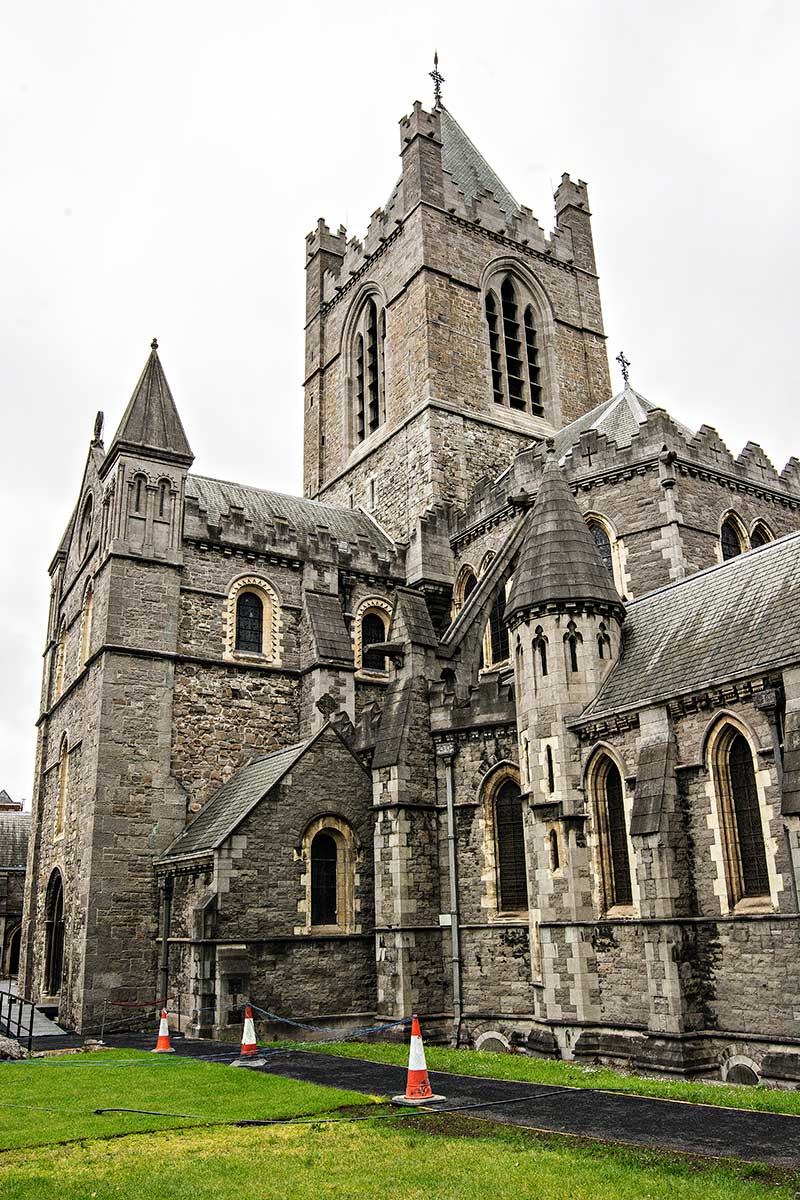
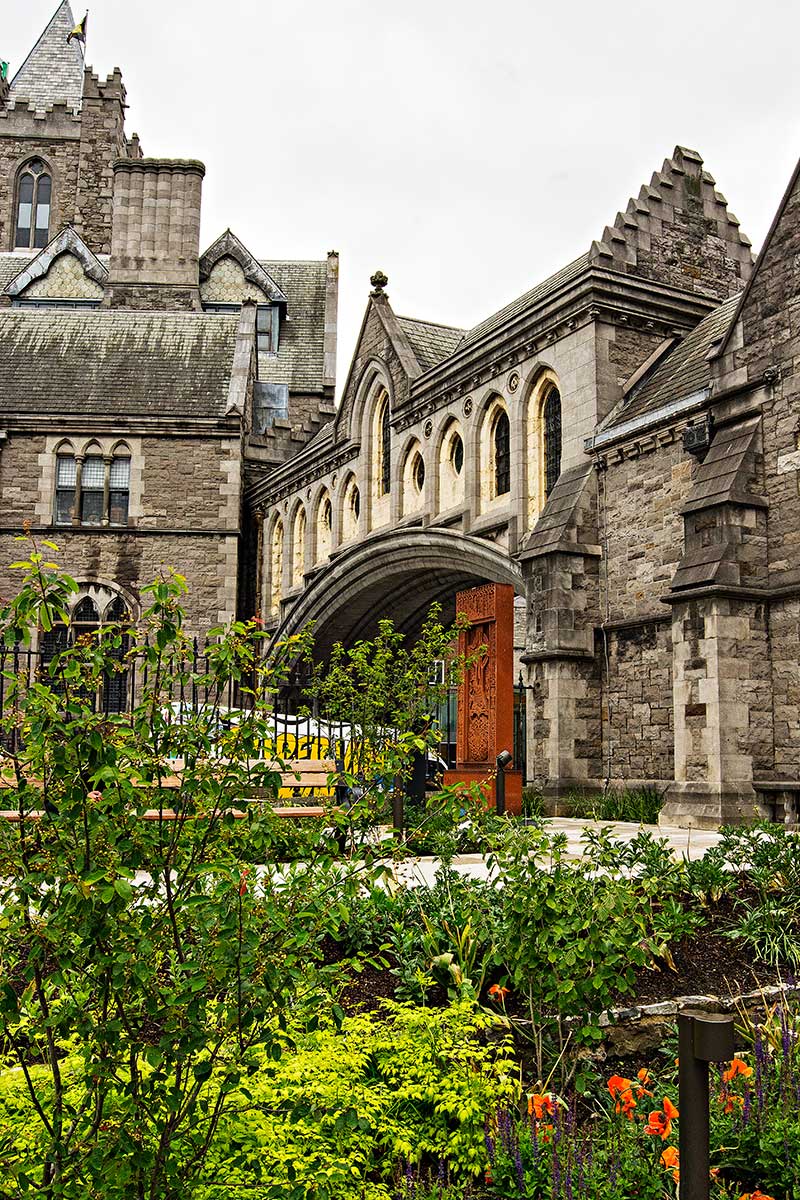
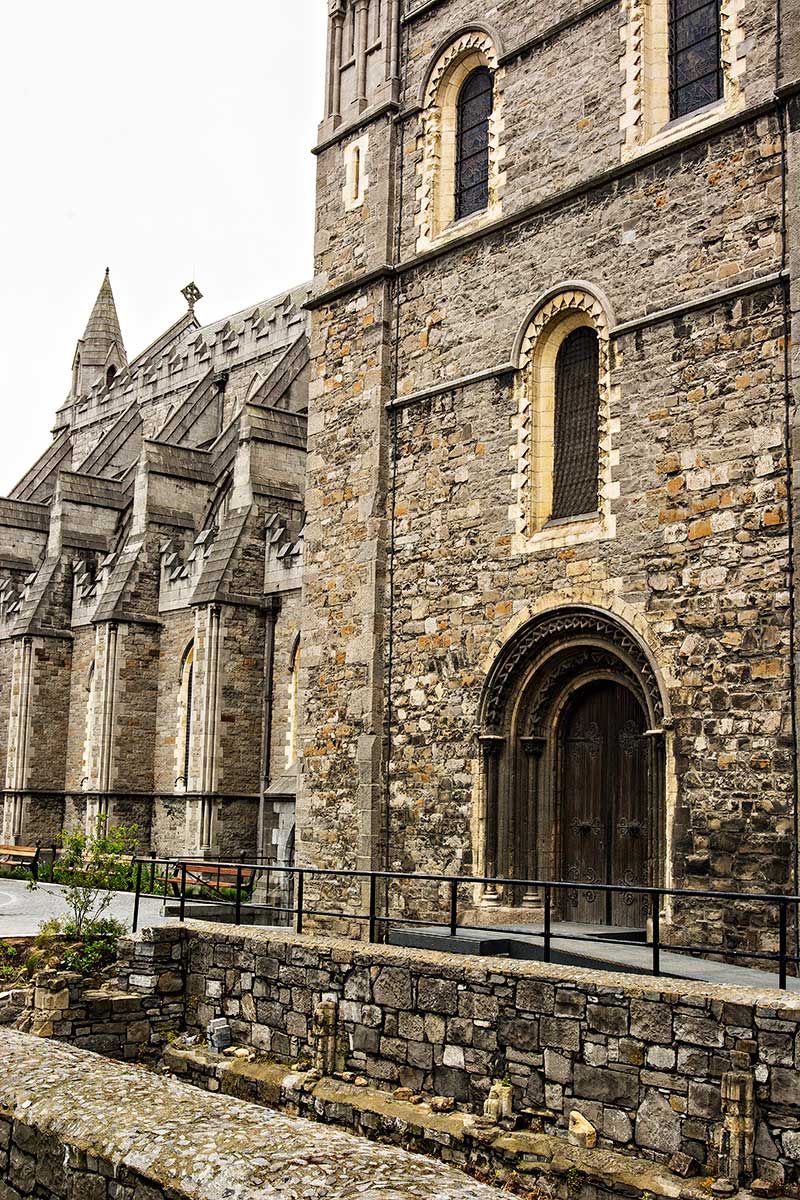
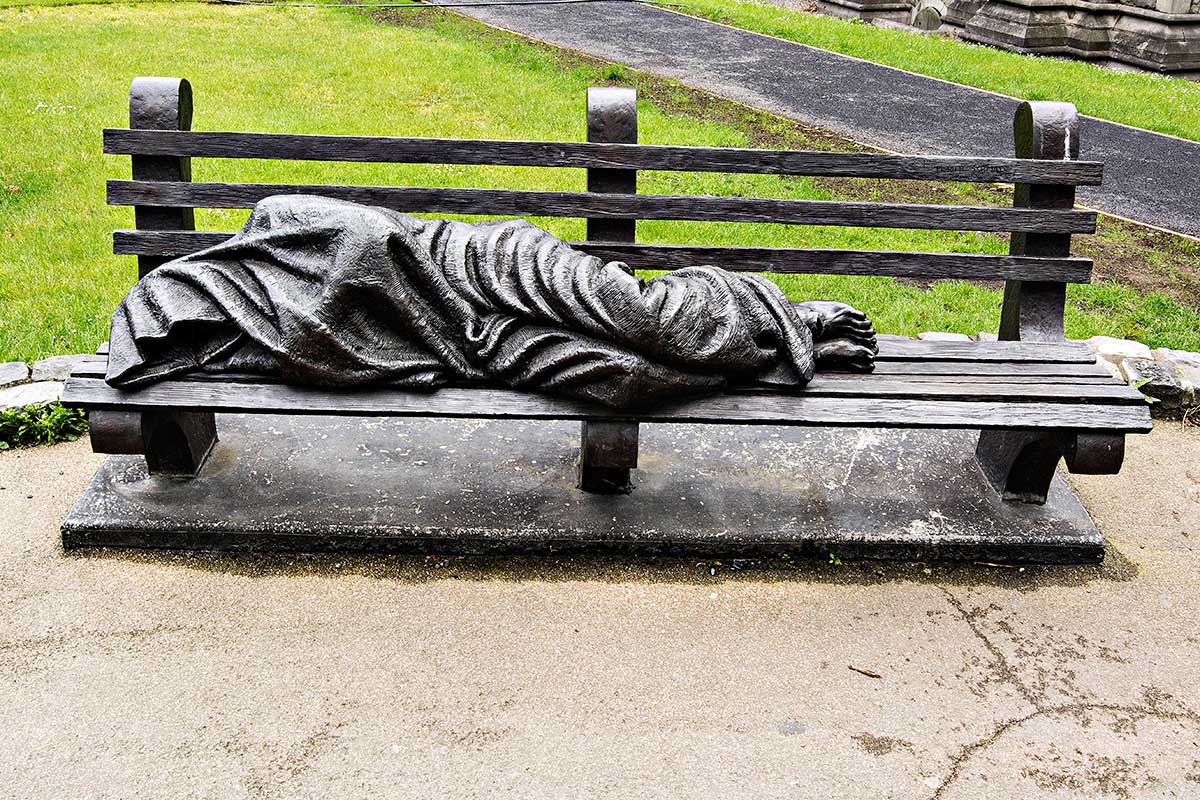
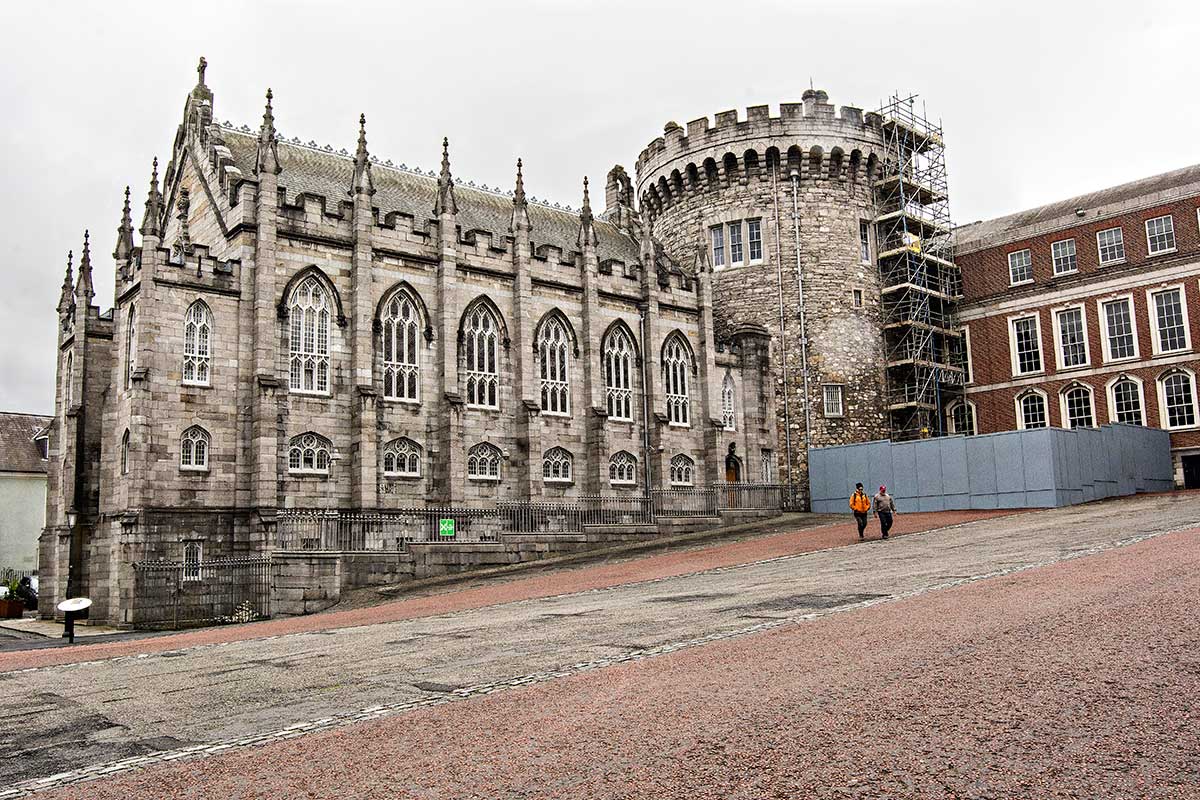
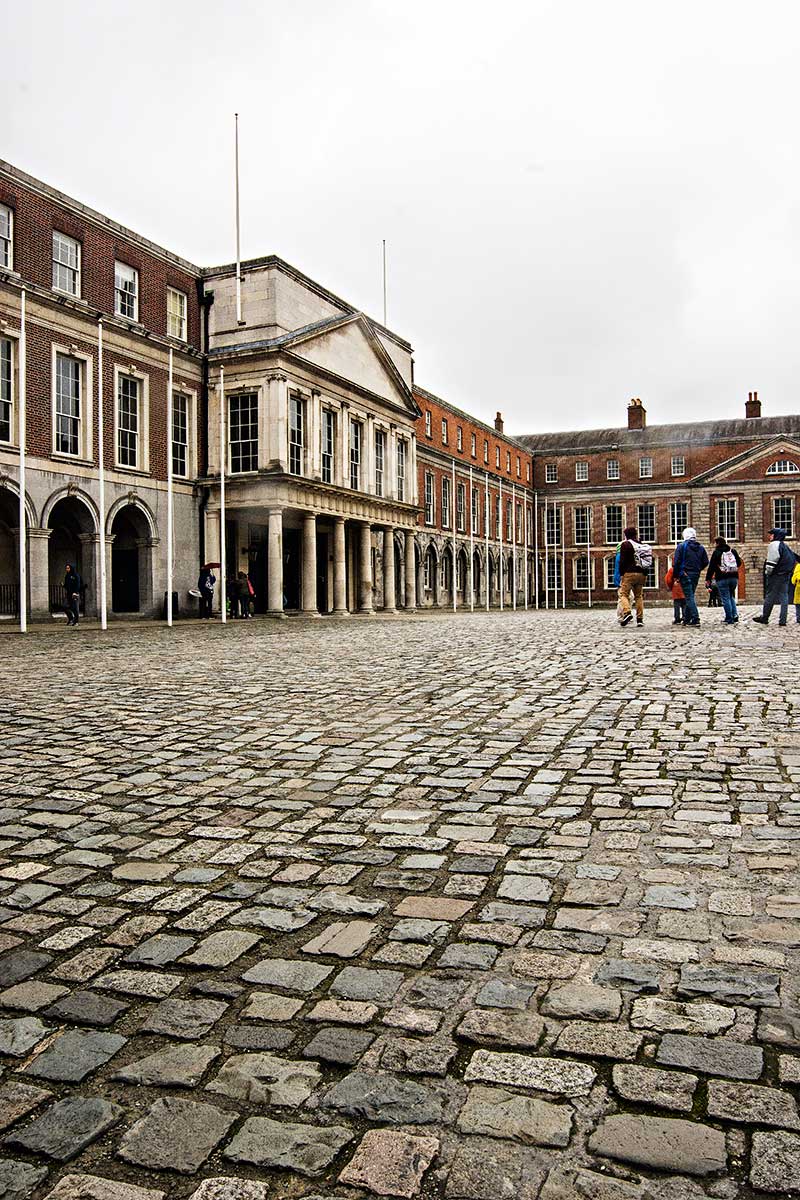
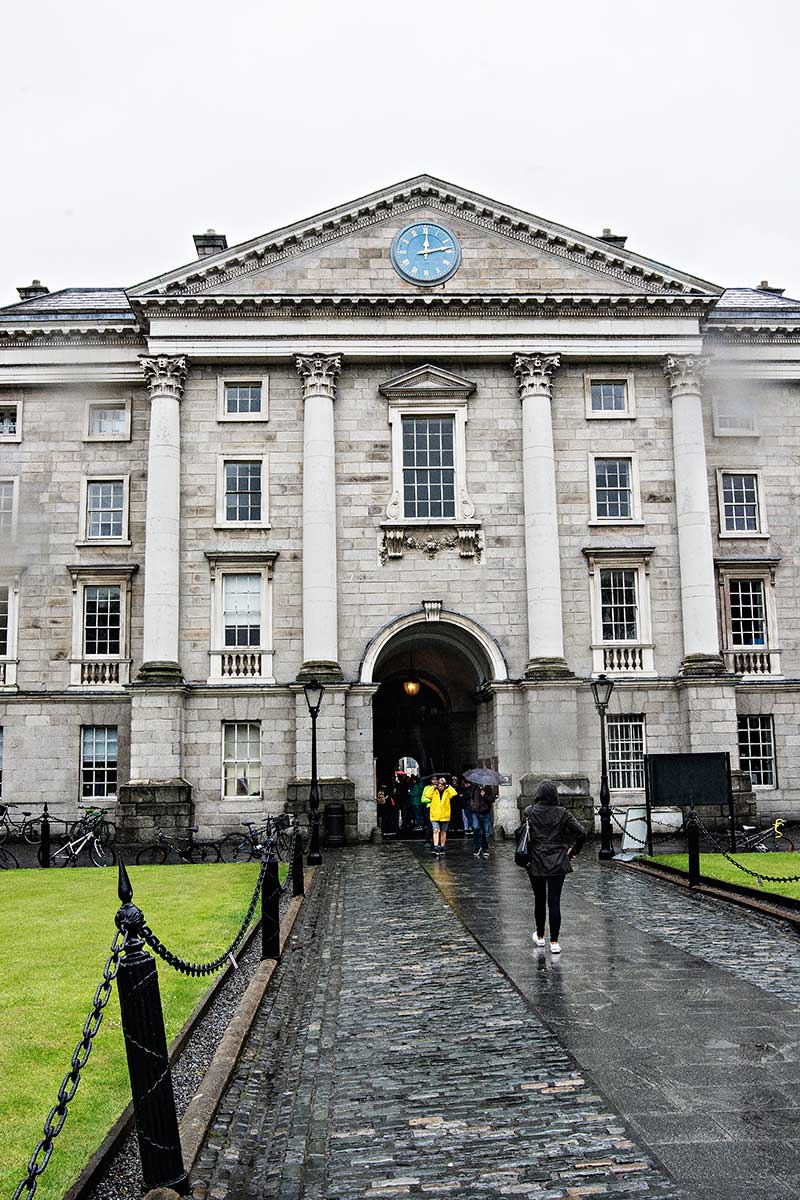
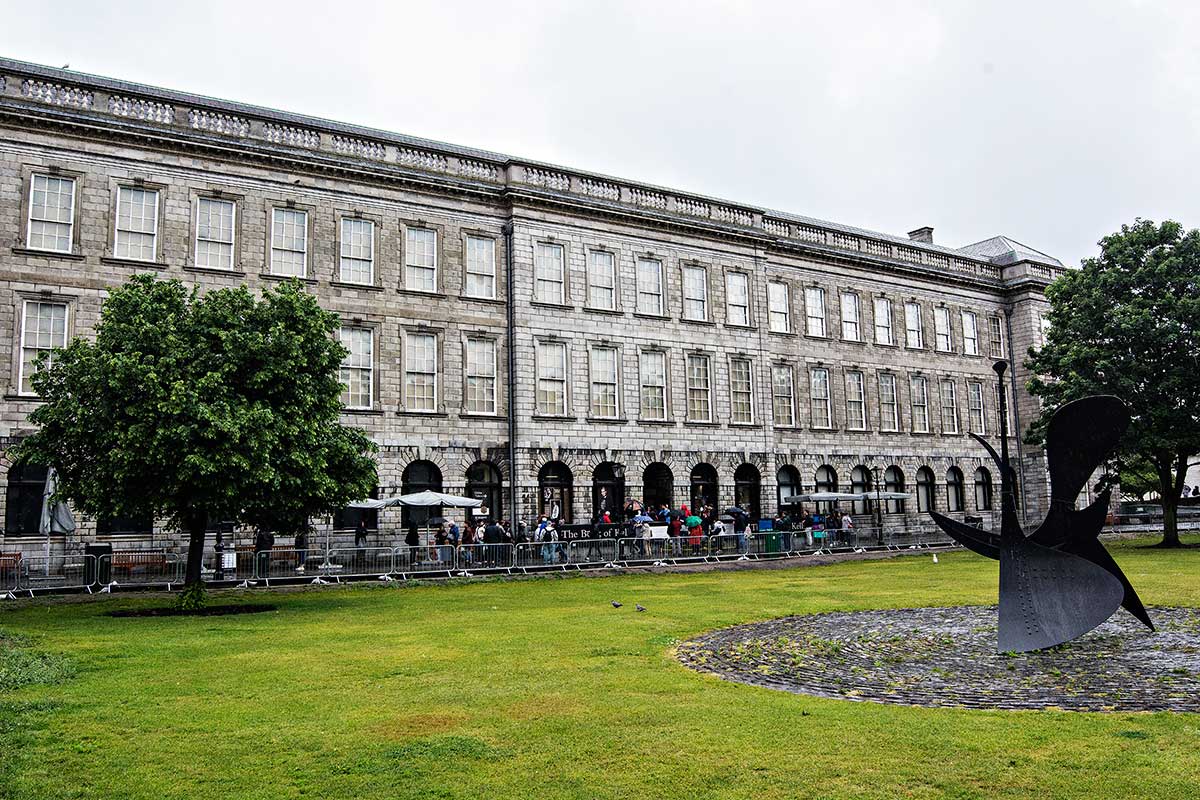
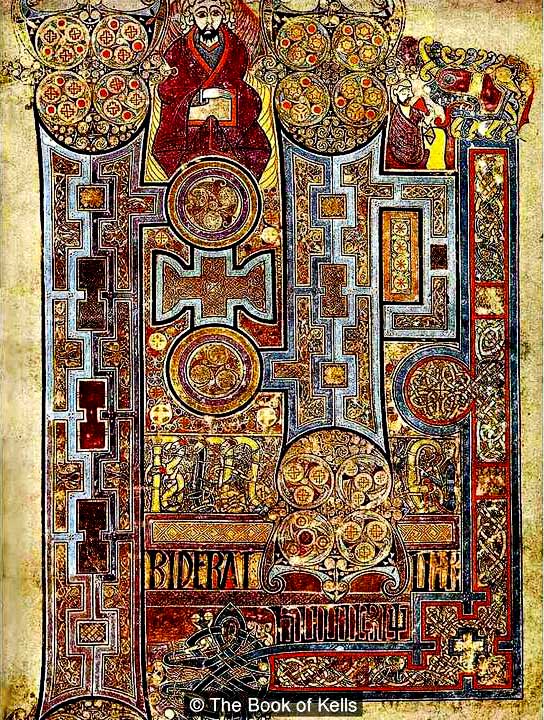
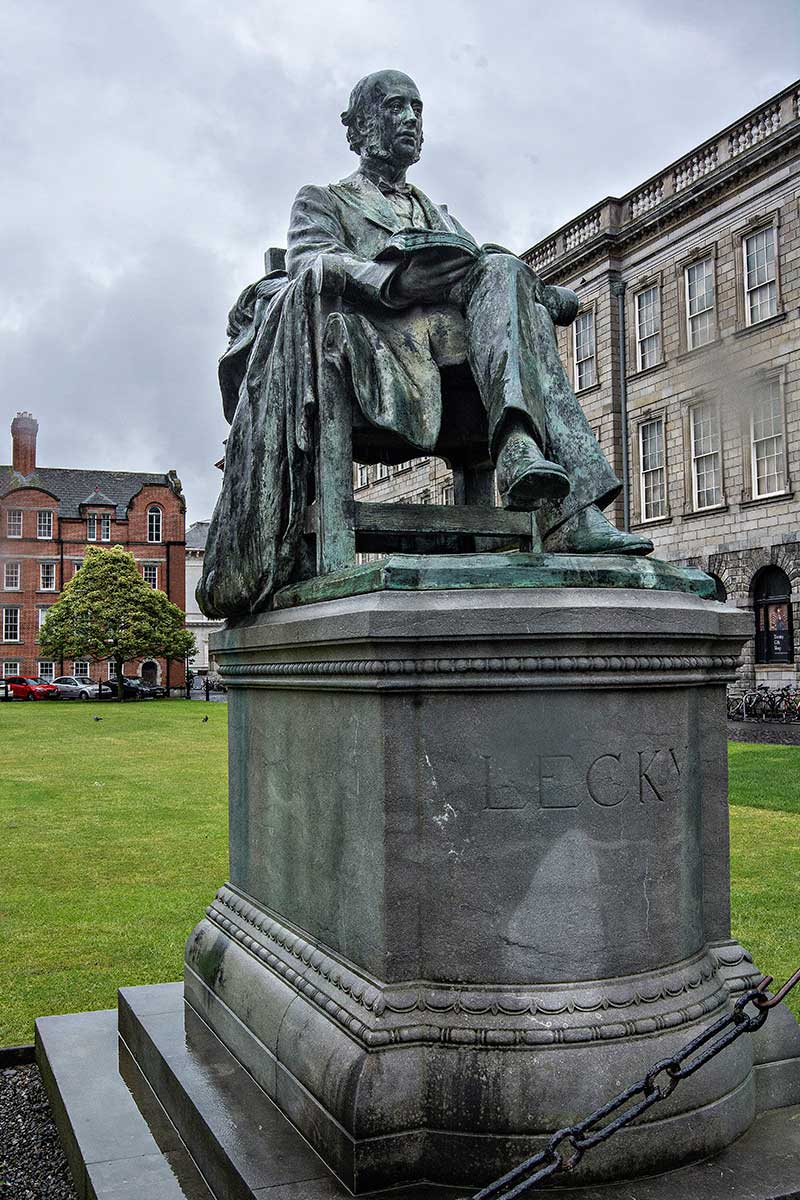
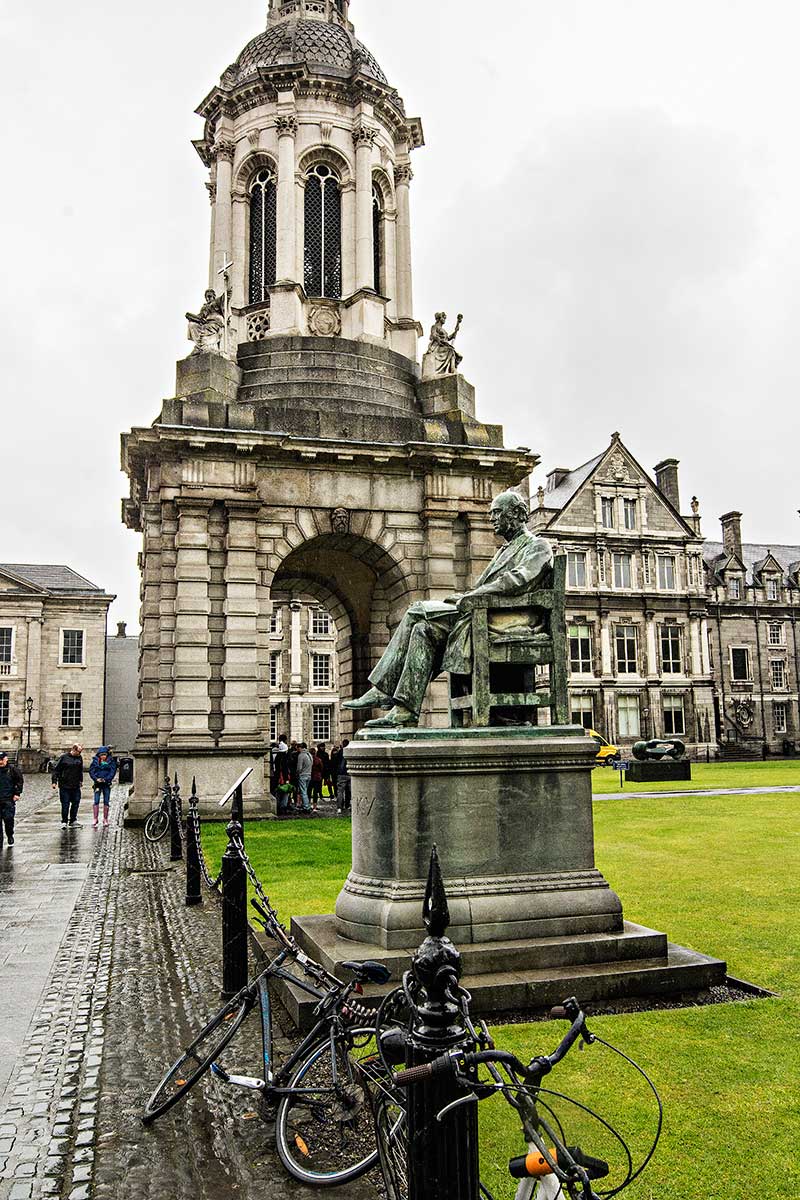
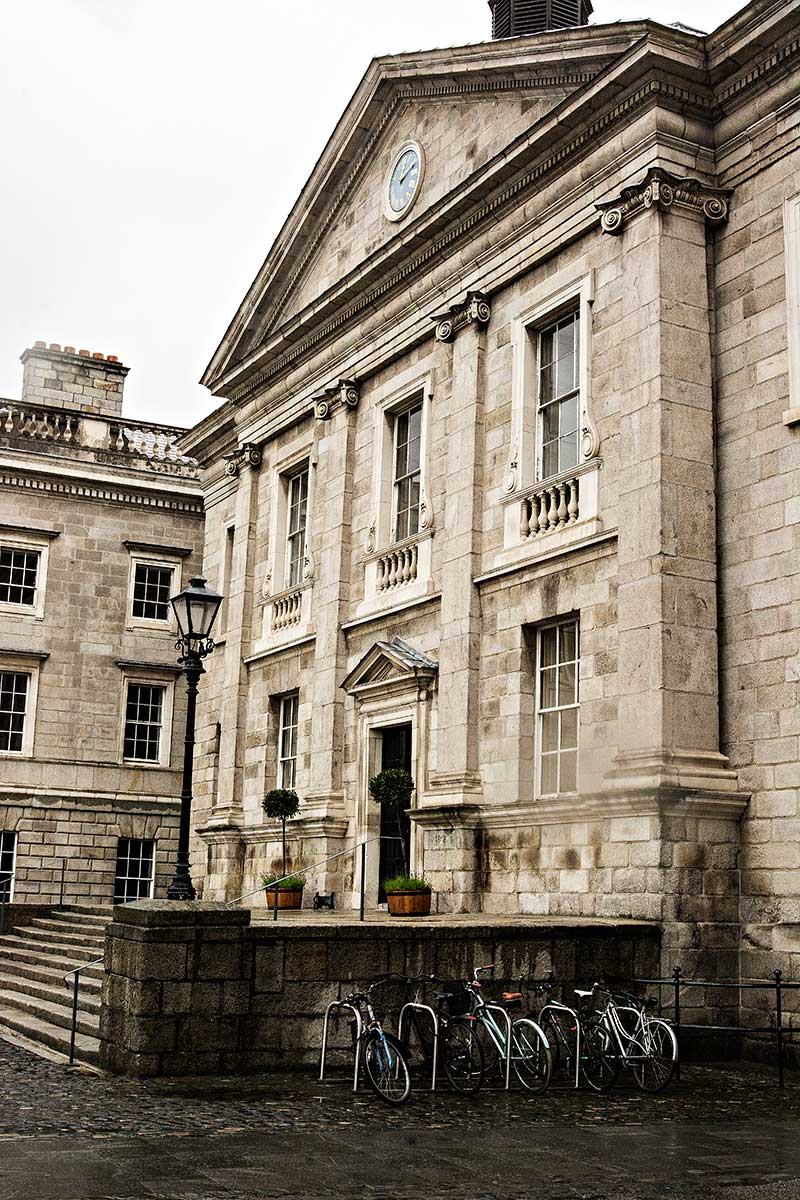
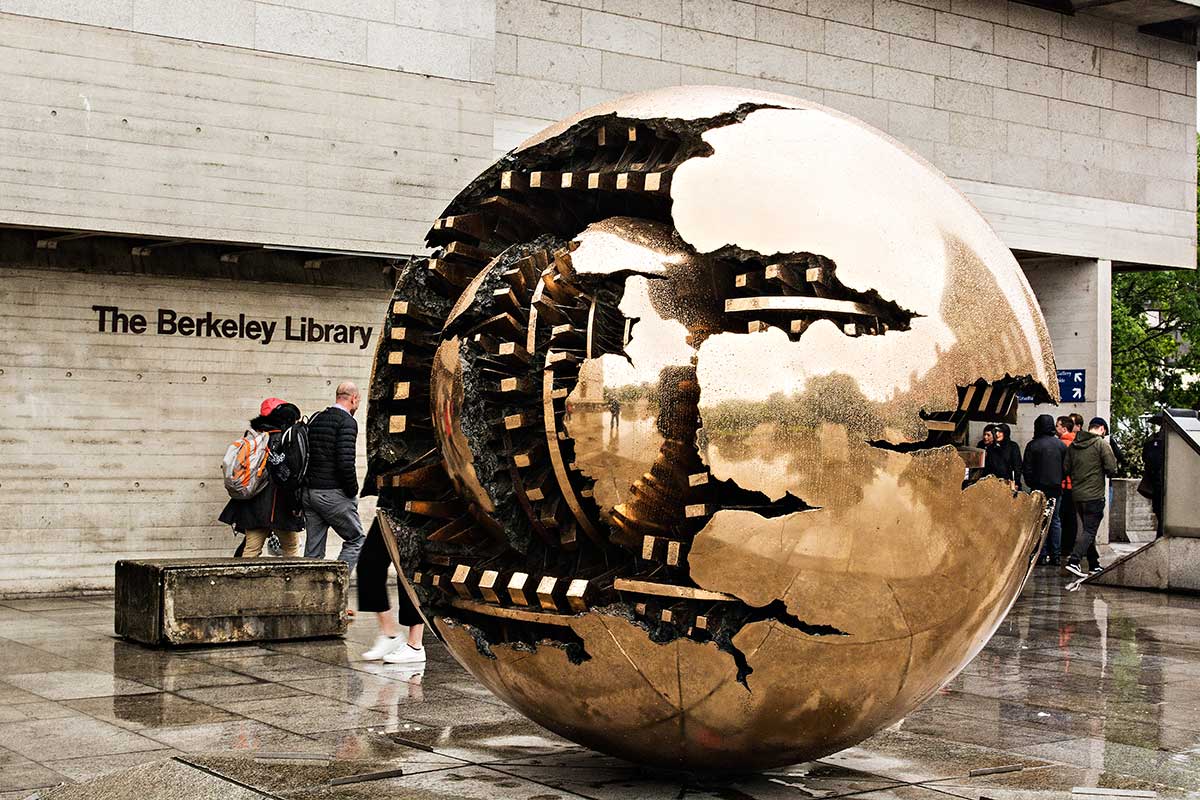
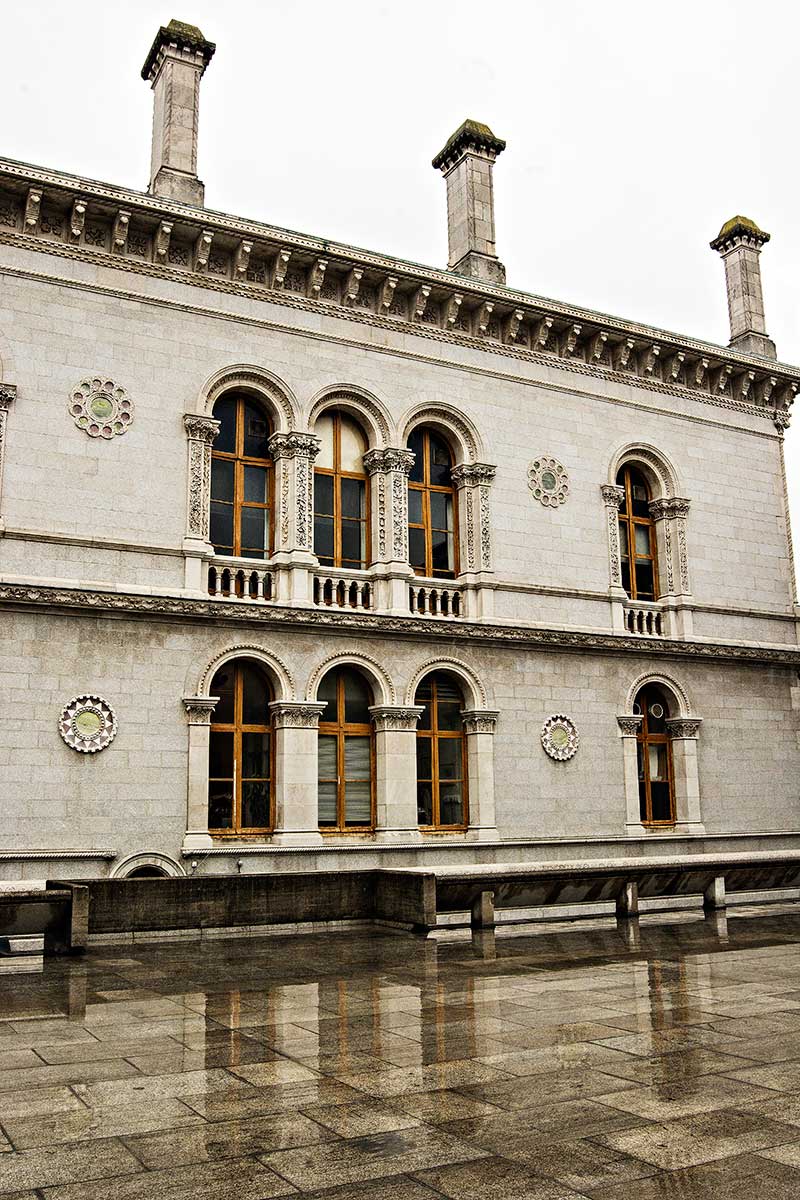
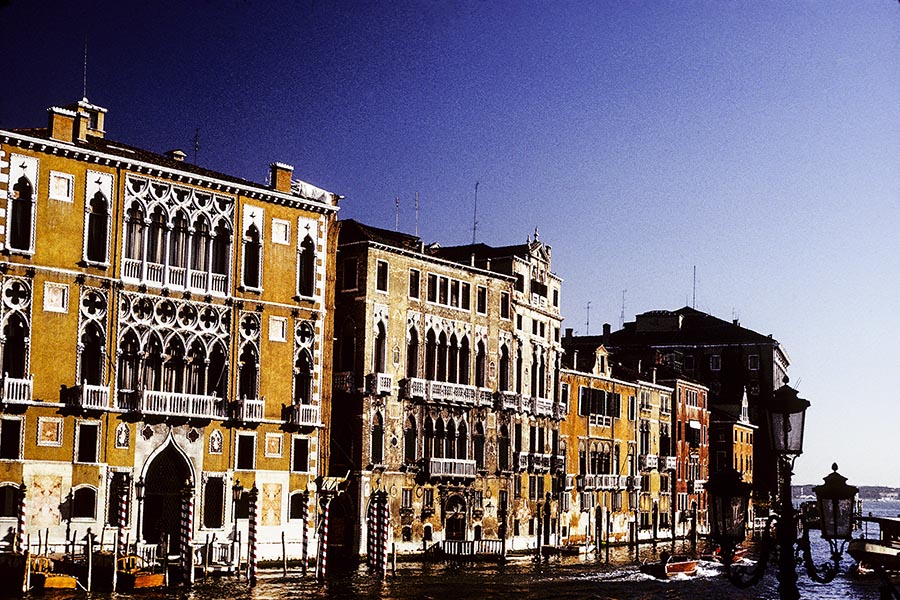
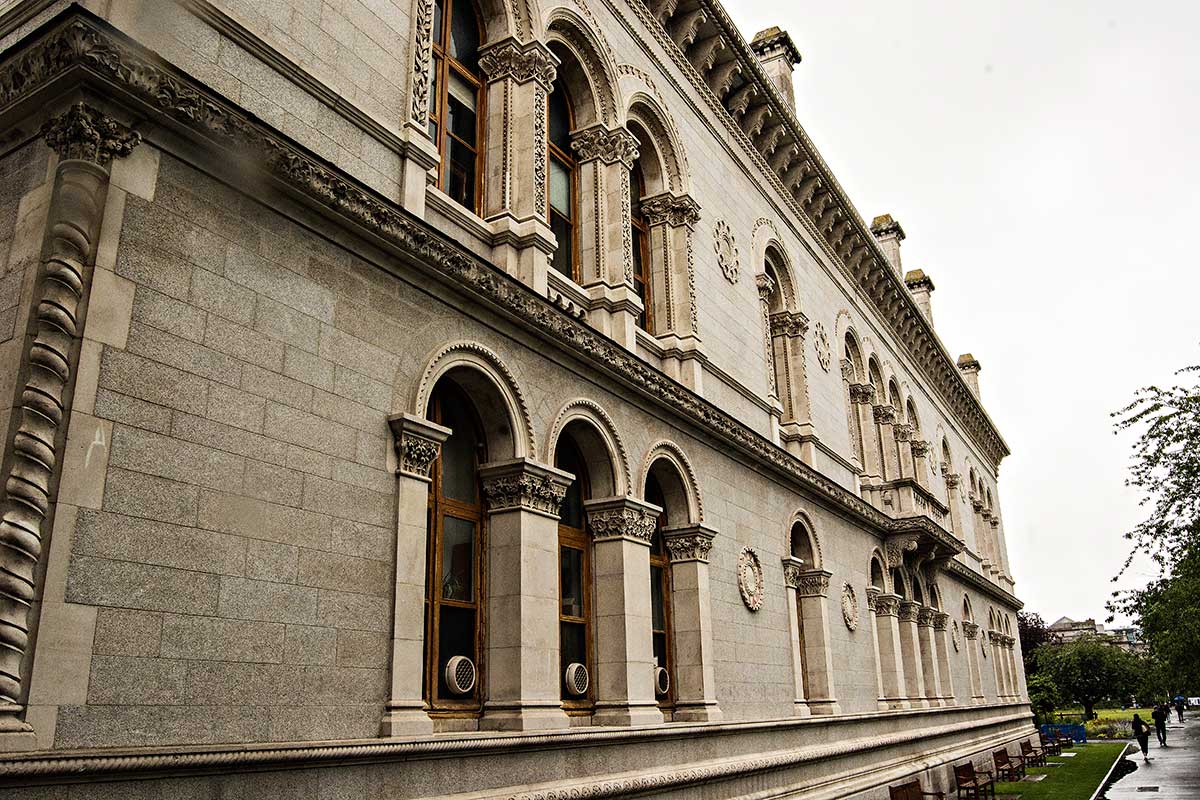
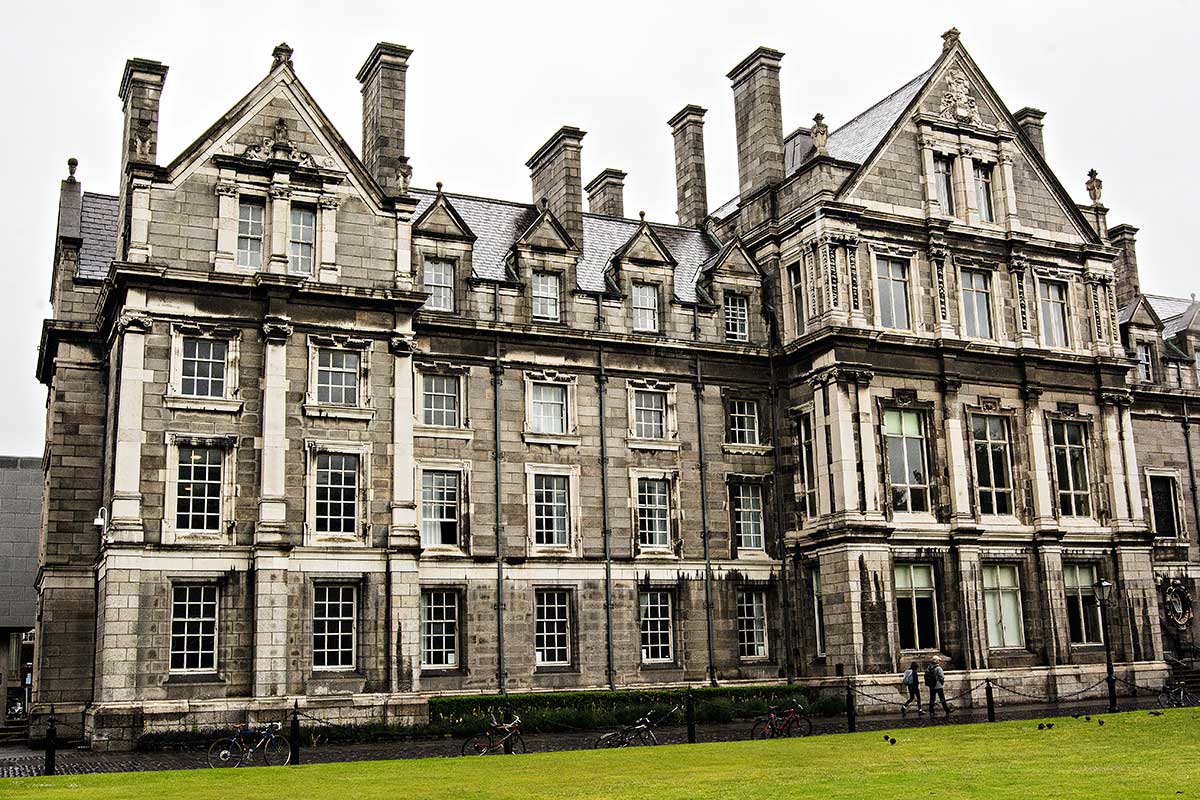
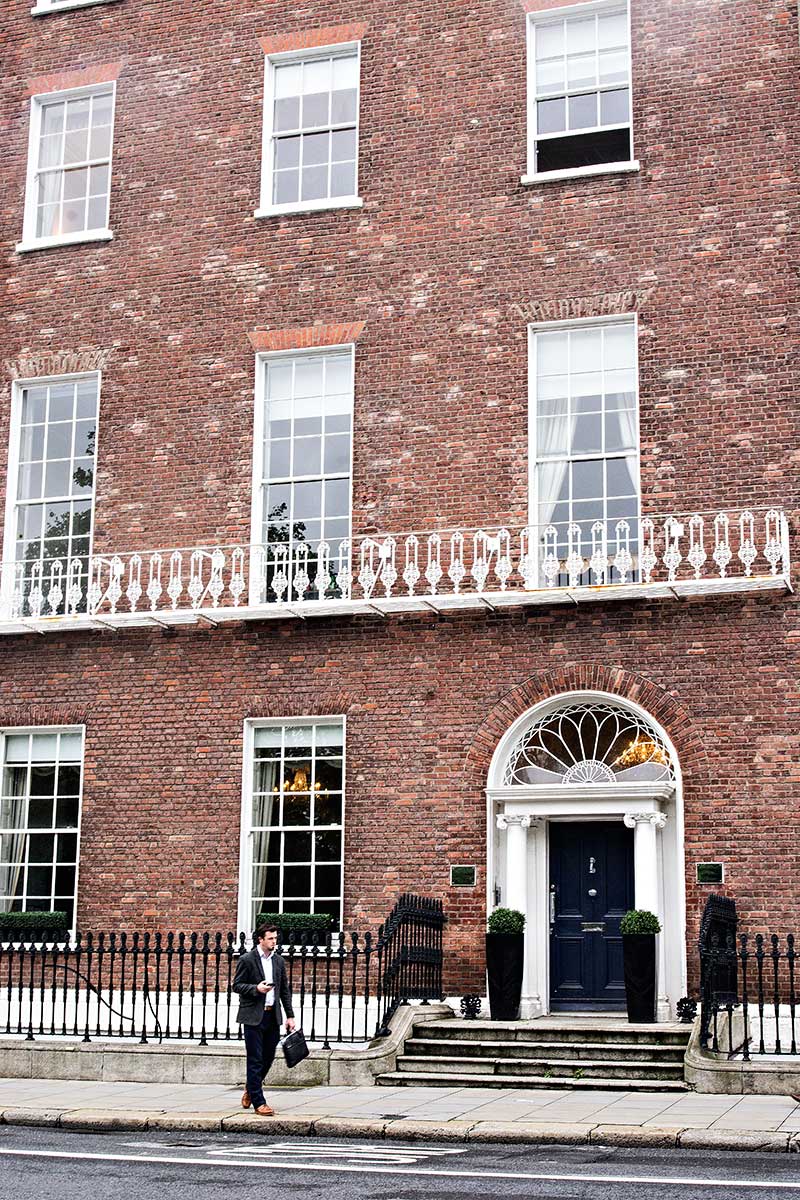
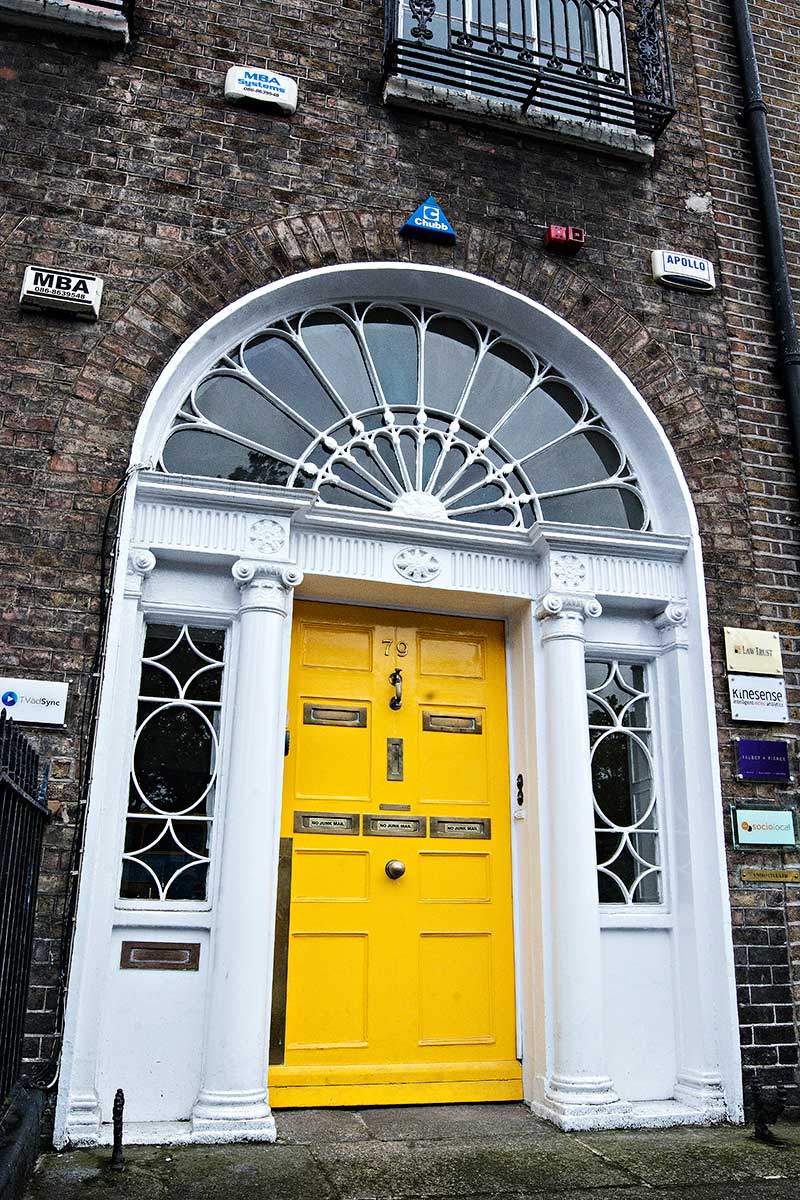
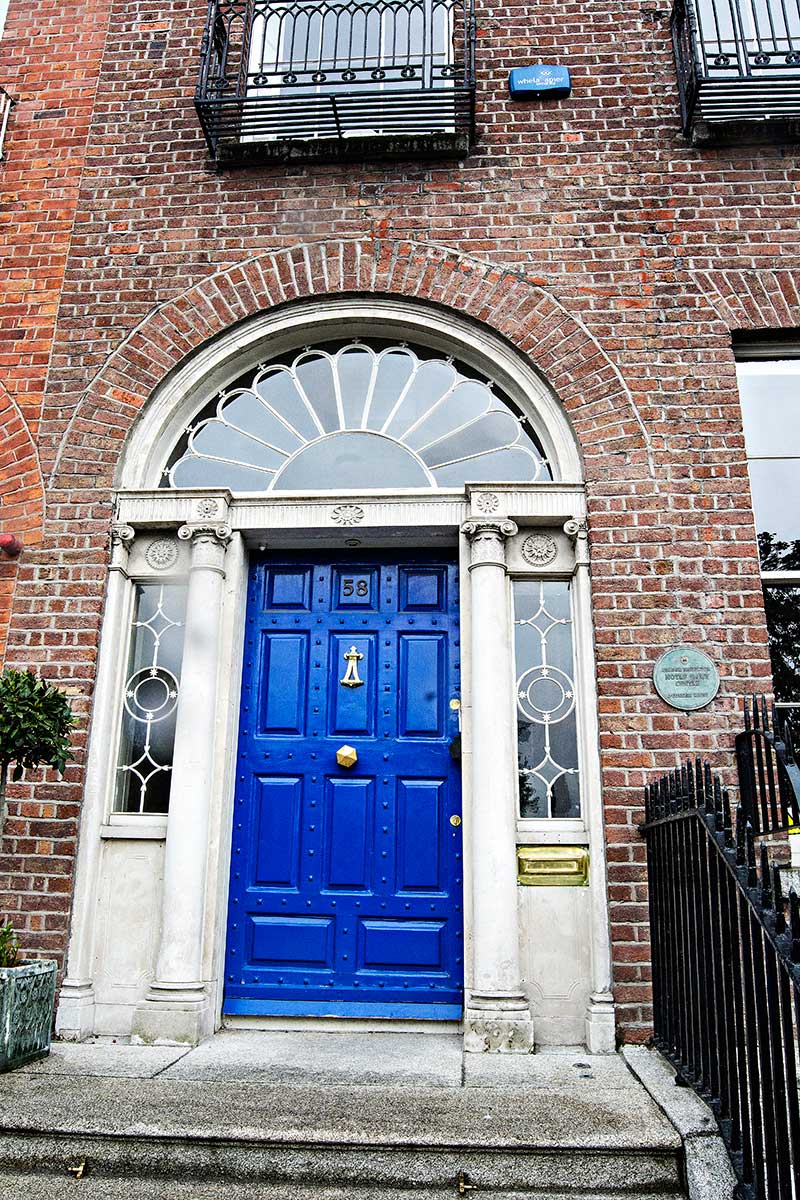
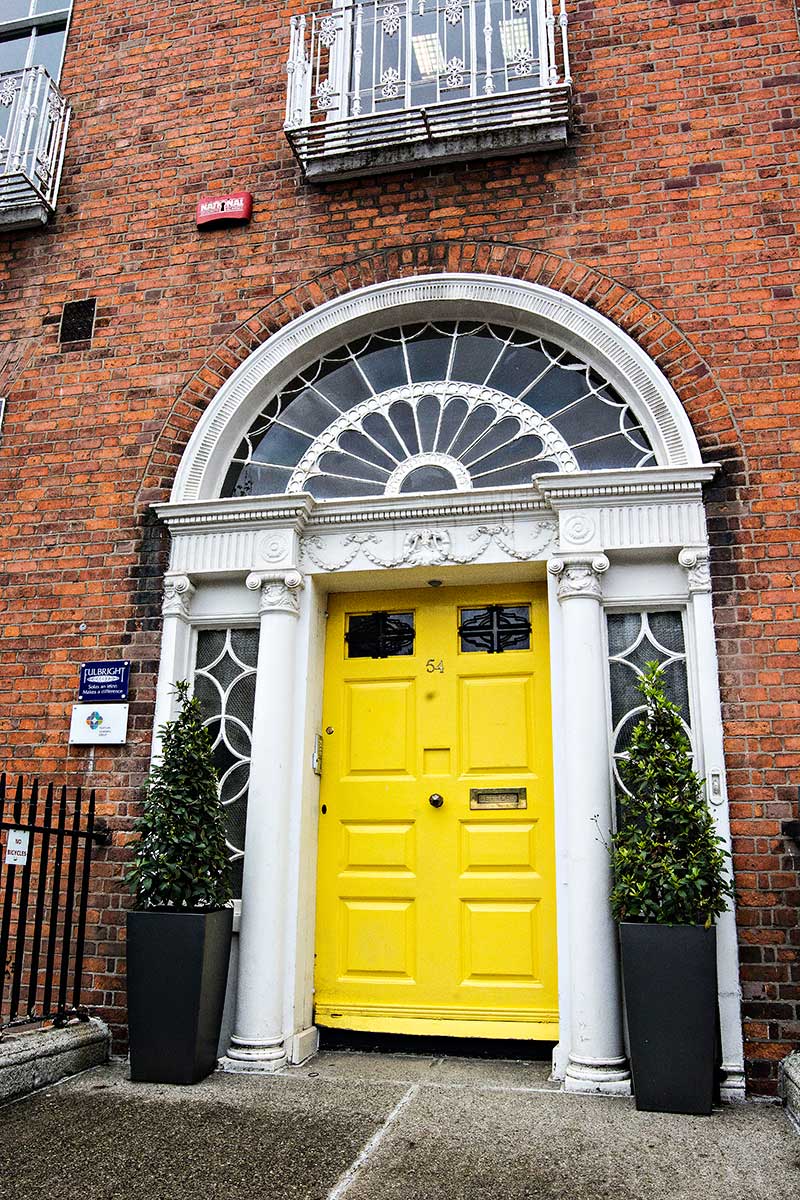

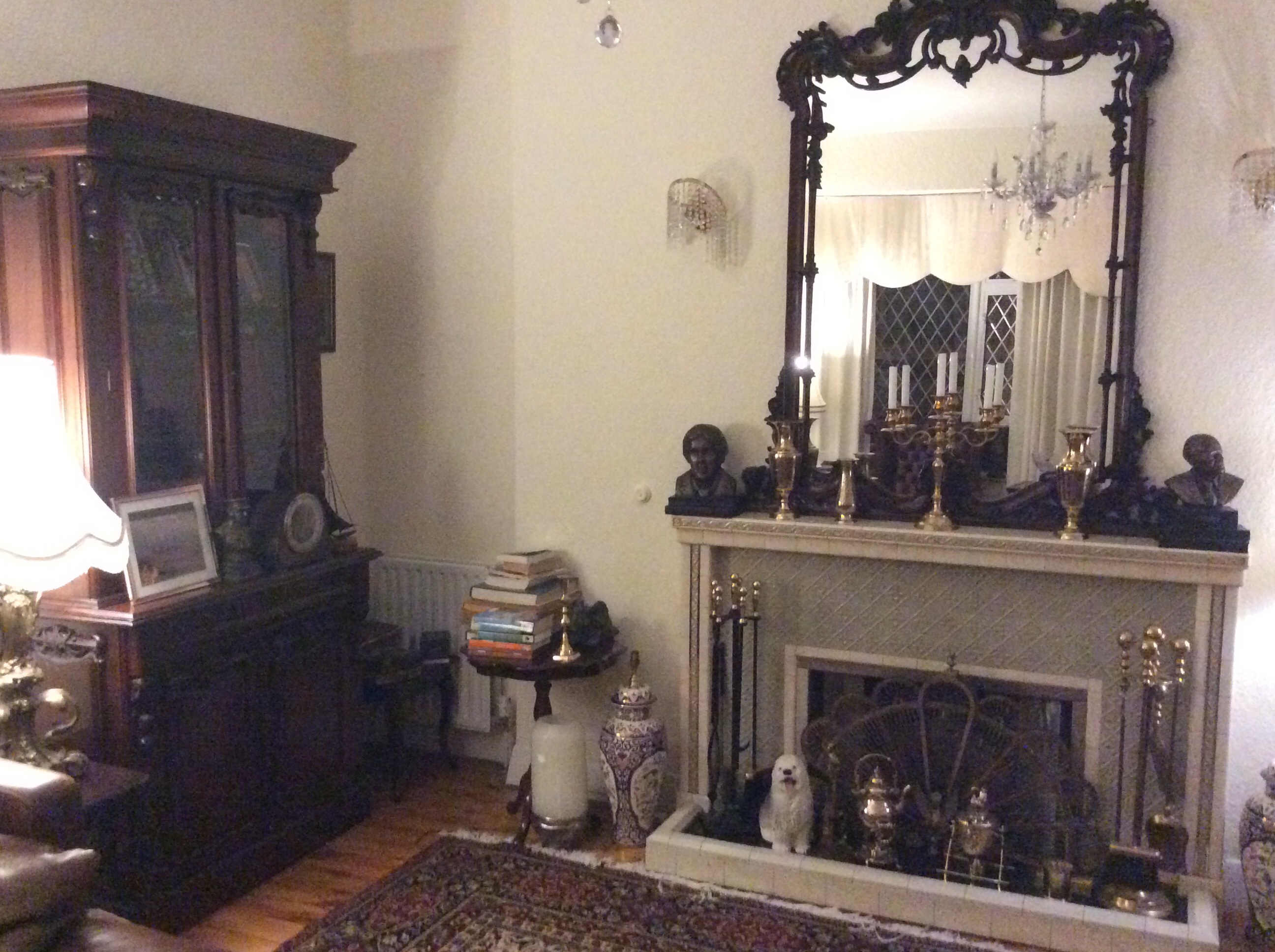
Leave a comment